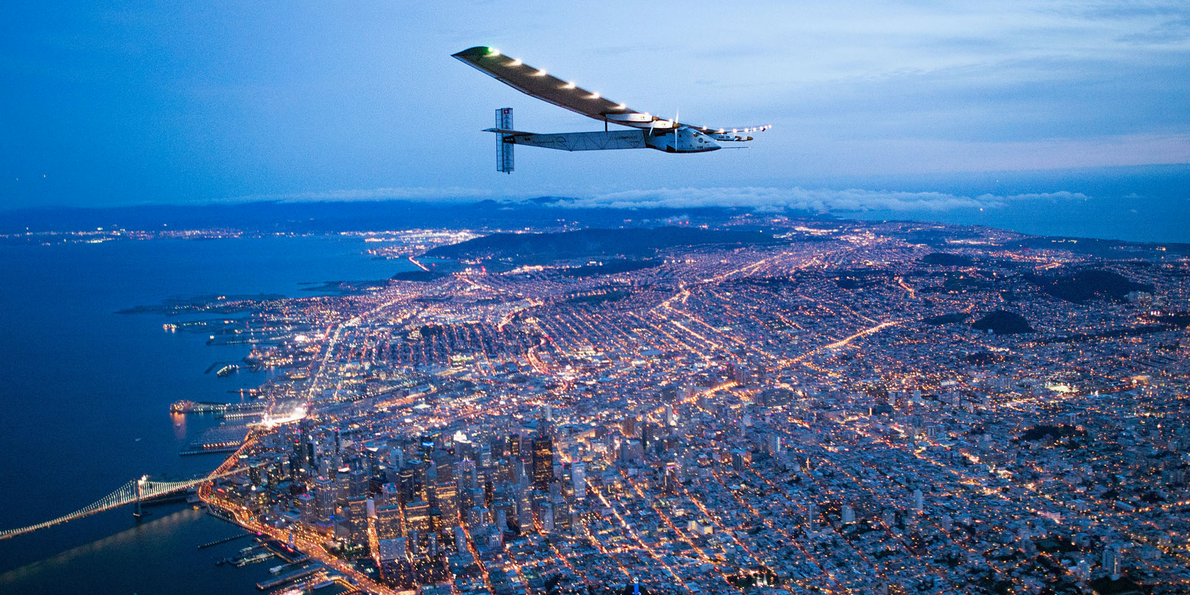
The world’s first round-the-world flight to be powered solely by the sun’s energy made history as it landed in Abu Dhabi, where it first took off on an epic 40,000-kilometre journey more than a year ago. Since its March 2015 take off, the Swiss-engineered Solar Impulse 2 has made 16 stops across the world without using a drop of fuel to demonstrate that using the plane’s clean technologies on the ground can halve the world’s energy consumption, save natural resources and improve quality of life.
After landing the plane on Tuesday, pilot Bertrand Piccard was greeted outside the cockpit by his Solar Impulse partner and fellow pilot Andre Borschberg. They hugged and pumped their fists in the air. “The future is clean. The future is you. The future is now. Let’s take it further,” Piccard said, speaking through a microphone to applause and cheers from a crowd that included Prince Albert of Monaco. – Feb 4, 2017
The aircraft is uniquely powered by 17,248 solar cells that transfer energy to four electrical motors that power the plane’s propellers. It runs on four lithium polymer batteries at night. The plane’s wingspan stretches 72 metres to catch the sun’s energy.
At around 2300 kilograms, the plane weighs about as much as a minivan or mid-sized truck. An empty Boeing 747, in comparison, weighs 180,000kg. To help steady it during takeoffs and landings, the plane was guided by runners and bicyclists. Over its entire mission, Solar Impulse 2 completed more than 500 flight hours, cruising at an average speed of between 45km/h and 90km/h.
It made stops in Oman, India, Myanmar, China, Japan, the US, Spain, Italy, Egypt and the United Arab Emirates. Its North American stops included California, Arizona, Oklahoma, Ohio, Pennsylvania and New York.
The carbon-fibre plane is a single-seater aircraft, meaning its two Swiss pilots – Piccard and Borschberg- had to take turns flying solo for long days and nights. To calm their minds and manage fatigue during the long solo flights, Borschberg practised yoga and Piccard self-hypnosis.
